
A raven sits on a post inside the 18 miles exclusion zone around the Chernobyl nuclear reactor near the village of Babchin. The sign reads: "Radiation hazard."
Reuters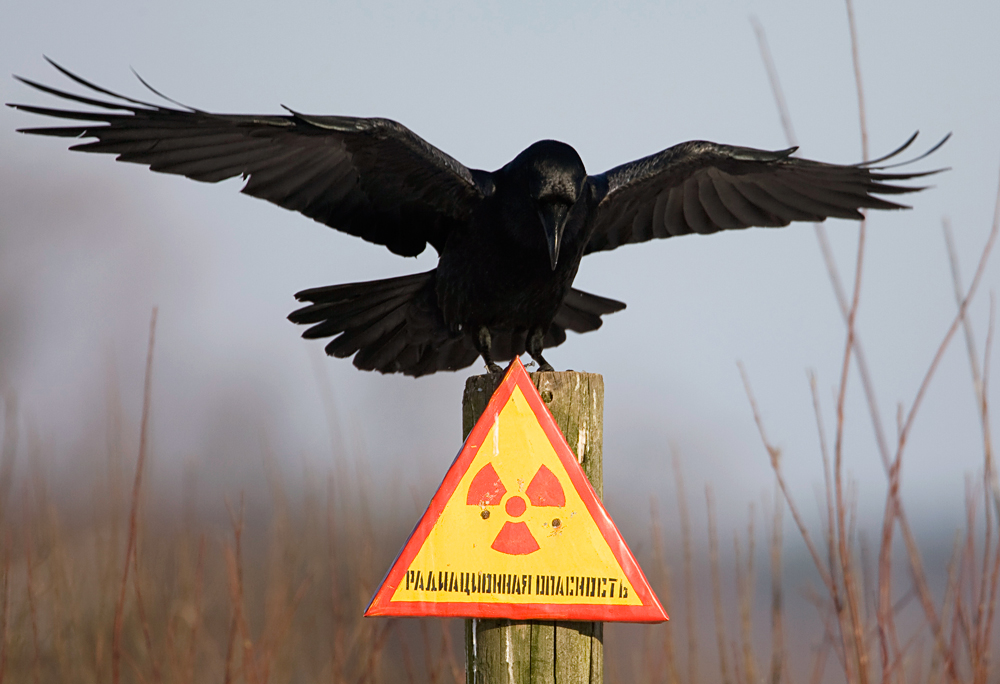 A raven sits on a post inside the 18 miles exclusion zone around the Chernobyl nuclear reactor near the village of Babchin. The sign reads: "Radiation hazard." Source: Reuters
A raven sits on a post inside the 18 miles exclusion zone around the Chernobyl nuclear reactor near the village of Babchin. The sign reads: "Radiation hazard." Source: Reuters
30 years have passed since the disaster at the Chernobyl nuclear power plant on April 26, 1986. Once model Soviet towns, today the settlements Chernobyl and Pripyat, in the close proximity of the nuclear power plant, are ghost cities.
Before the trip, I had to find an agency that provides tours to the Exclusion Zone, the almost uninhabited area stretching 20 miles in all directions around the plant. Under existing law, privately arranged visits are not allowed and the permit to enter the Zone is provided only to people who work on the construction of the sarcophagus and to individuals who work on the securing of the Zone itself.
For us mortals, the only way of entering the Exclusion Zone is with one of the previously mentioned agencies, the ones that are authorized by the government.
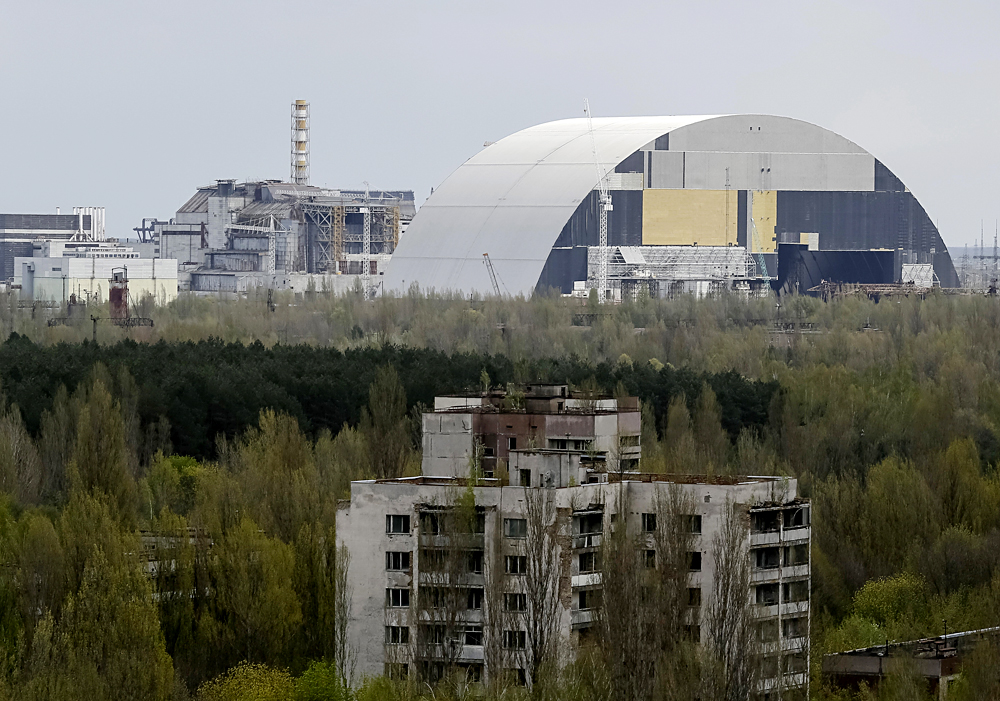 A containment shelter for the damaged fourth reactor (left) and the New Safe Confinement structure (right) at the Chernobyl Nuclear Power Plant, April 22, 2016. Source: Reuters
A containment shelter for the damaged fourth reactor (left) and the New Safe Confinement structure (right) at the Chernobyl Nuclear Power Plant, April 22, 2016. Source: Reuters
While collecting the necessary data on the internet, I found valuable information regarding agencies. There is a possibility of taking an individual tour (a more expensive option) or a standard one (a larger number of tourists). The cost varies from around $68 to $340.
One additional factor that has an effect on the price is the language. You can choose between a tour in English or Russian. Since I'm fluent in Russian, I chose the cheaper option, which is of course, the Russian one (tours in English are about 30 percent more expensive). The date of the booking is also important. If you book your visit a month earlier, you can get a 25 percent discount.
After finally paying for my tour, the only thing left was to wait for one of my longest dreams to come true – to finally see the Exclusion Zone – Pripyat, Chernobyl and the notorious Reactor No. 4, which blew up on April 26, 1986.
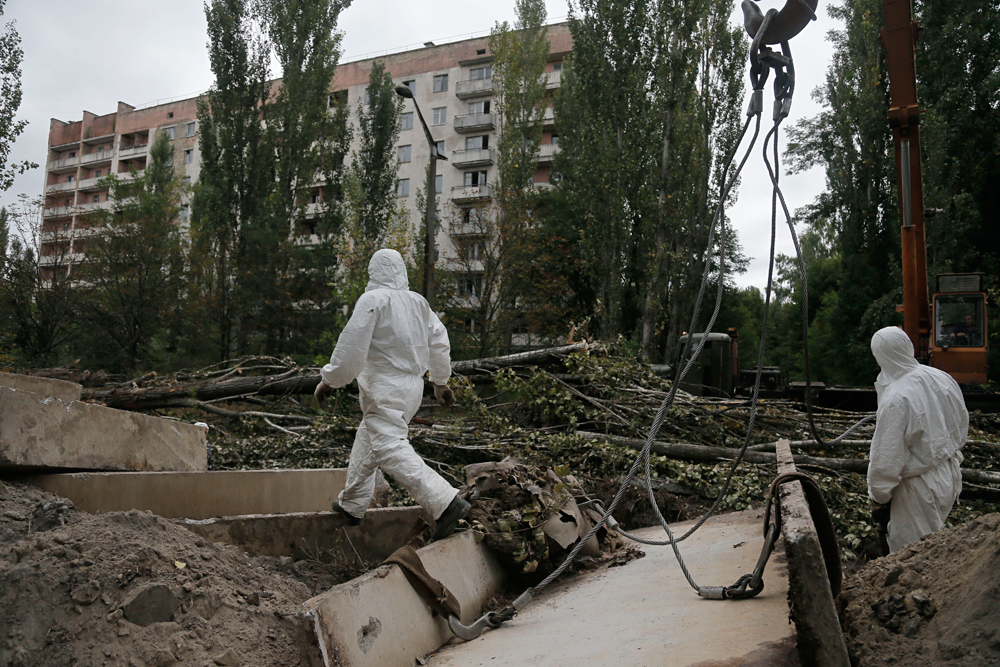 Workers patrol the dead town of Prypyat three kilometers from the Chernobyl nuclear power plant, 2013. Source: AP
Workers patrol the dead town of Prypyat three kilometers from the Chernobyl nuclear power plant, 2013. Source: AP
Although the level of danger in the Zone is not high, there are still some precautionary measures advised, mostly regarding dress. The biggest problem is contaminated particles, which can be found spreading through the air (especially during summer fires) or in the soil. For that reason, I bought a set of clothes and shoes in a second-hand shop exclusively for the trip, which cost me just $15.
I arrived in Kiev the night before my departure. It was a cold and snowy morning, shrouded in the gray colors of the sky. The weather was exactly what I had envisioned.
The Zone is located some 70 miles northwest of Kiev, a drive of about a hour and a half by car. Since I was really tired, it didn’t take me long to fall asleep. I woke up as we were approaching the Zone. The snow-covered scenery and grayness of winter followed us throughout the trip.
As we arrived at the Dityatki checkpoint, we were able to see the first radiation warning signs. Crossing that checkpoint was like crossing through a veil and penetrating into a different world.
A straight road ahead of us was covered in a thin layer of snow that was being dispersed by a cool breeze. Even this road did not leave an impression of an ordinary snow-covered road, but rather a path paving the way into a different world.
While staring at it, I couldn’t get a movie called Stalker out of my mind. Directed by one of the most famous Soviet directors, Andrei Tarkovsky, and inspired by the novel written by the Strugatsky brothers, it was made seven years before the Chernobyl disaster and it depicts a man called the "stalker," who leads two people into The Zone, a place where supposedly one’s biggest dreams, both conscious and subconscious, come true. There they search for happiness and the meaning of life.
First buildings started to emerge, while we were approaching the big sign that read "Chernobyl". These buildings left an impression of a town, but the feeling of vastness did not disappear.
Yet while entering this small town, which is almost uninhabited, those feelings were even more pronounced. While driving through it, we could see the architecture and its facades, which from a certain perspective looked well-kept, but it was obvious that time had taken its toll.
At the very center, we are welcomed by "Angel with a trumpet," a monument commemorating this tragedy. Behind it lies a symbolic graveyard, whose tombstones represent all the places that vanished after the nuclear disaster.
As we enter the town’s main street, on our left we see a store that happens to be open, with a few products on the shelves: basic items and some souvenirs for tourists.
We continue driving through the remnants of this once small, promising town, passing down the road that leads us again into the forest. A view opens up toward Reactor 4, reactors 5 and 6 (never completed) and the enormous containment sarcophagus on the horizon, still under construction [this is to replace the original structure built to contain the destroyed reactor, after it began to degrade – RBTH].
As we get closer to the heart of the tragedy, the nuclear power plant becomes bigger and bigger. In the middle of the nuclear power plant area we notice another monument. This one commemorates the employees of the nuclear power plant who died in the disaster and its aftermath.
Finally, we continue towards Pripyat, a town whose name is maybe least mentioned in this tragedy, but a town that suffered the most. It disappeared overnight, along with most of its young population. The town stayed trapped in time and only the nature around it continues to grow.
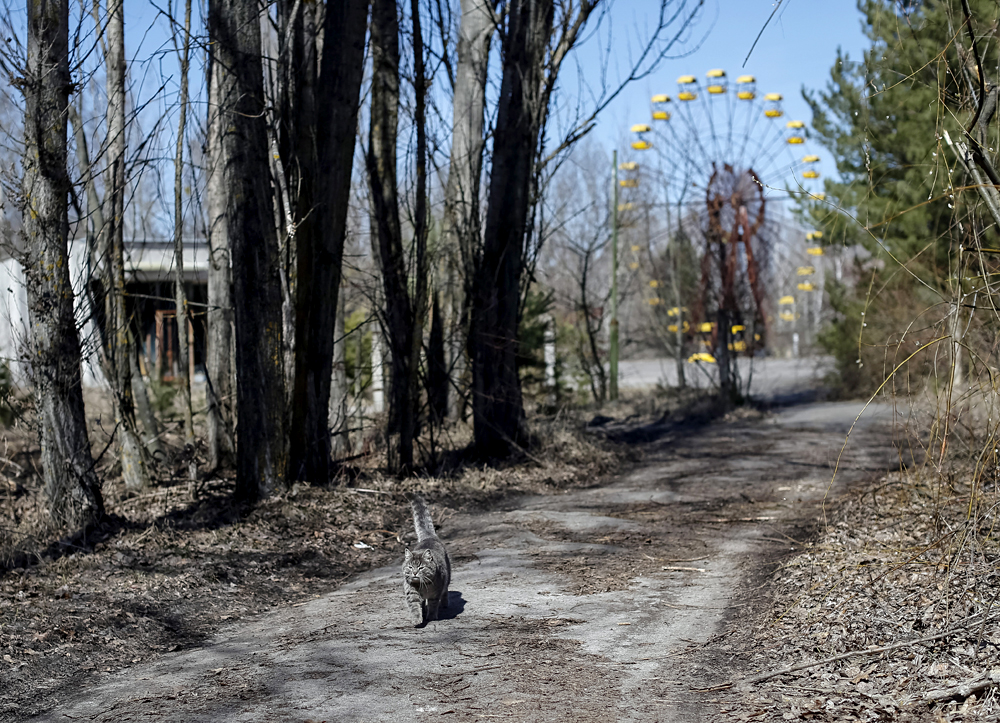 A cat is seen in front of a ferris wheel in the abandoned city of Pripyat, March 28, 2016. Source: Reuters
A cat is seen in front of a ferris wheel in the abandoned city of Pripyat, March 28, 2016. Source: Reuters
At the entrance is another checkpoint – the whole town is surrounded by a fence. Once-beautiful and harmoniously built streets with squares, avenues and parks are now covered in forest. Lampposts are slowly disappearing between high spruces, which now almost completely cover them. We are approaching the town center, where we have the opportunity to enter one of the buildings.
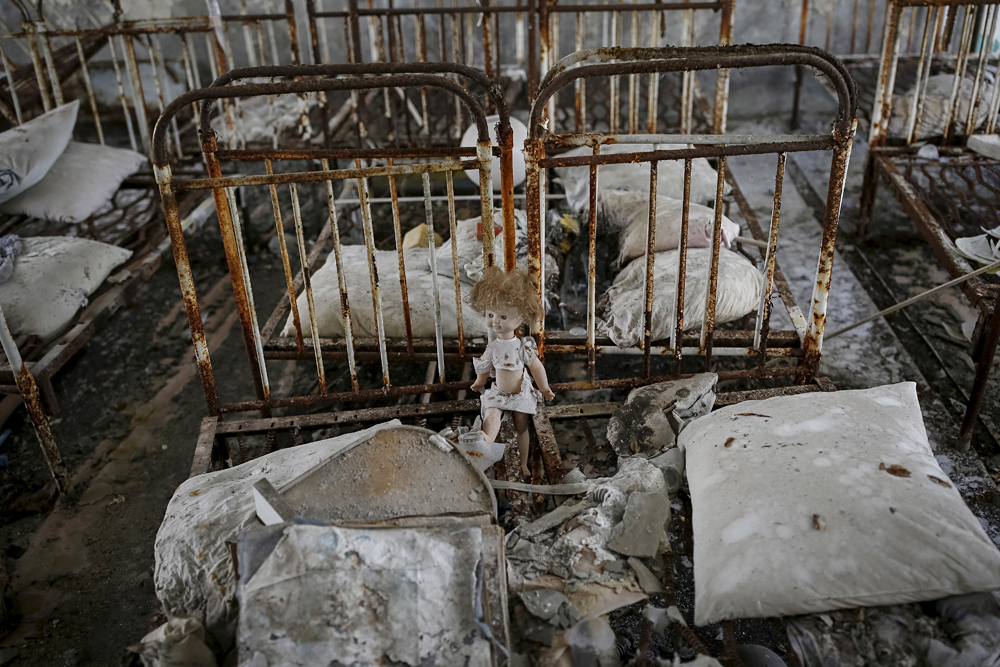 A doll is seen amongst beds at a kindergarten in the abandoned city of Pripyat, March 28, 2016. Source: Reuters
A doll is seen amongst beds at a kindergarten in the abandoned city of Pripyat, March 28, 2016. Source: Reuters
I leave the building and continue further down the road to finally approach one of the main sights – the Pripyat Ferris Wheel. In those days, it was a very ordinary construction, but it has now become a symbol of the Chernobyl disaster. It has now been standing still for almost 30 years as it awaits the opening that never happened and never will...
All rights reserved by Rossiyskaya Gazeta.
Subscribe
to our newsletter!
Get the week's best stories straight to your inbox